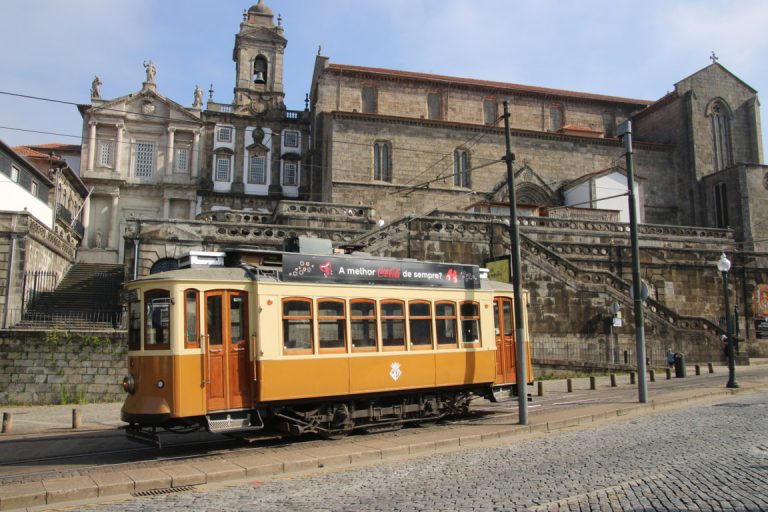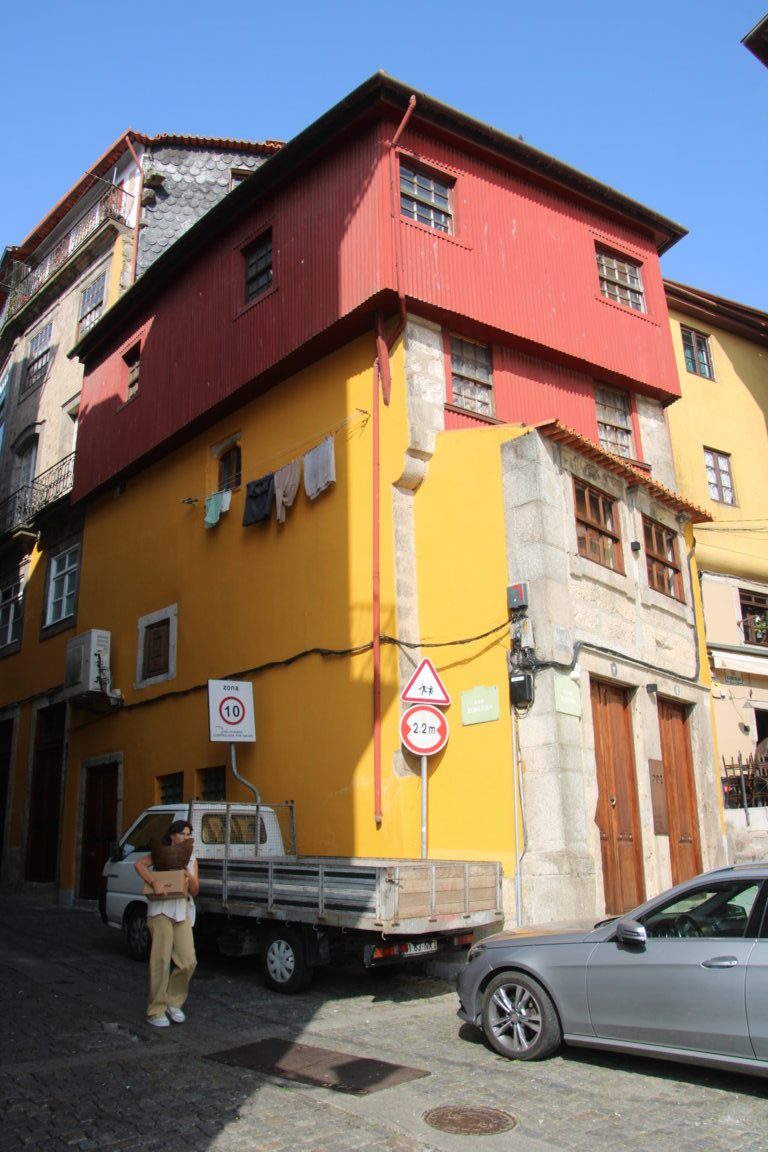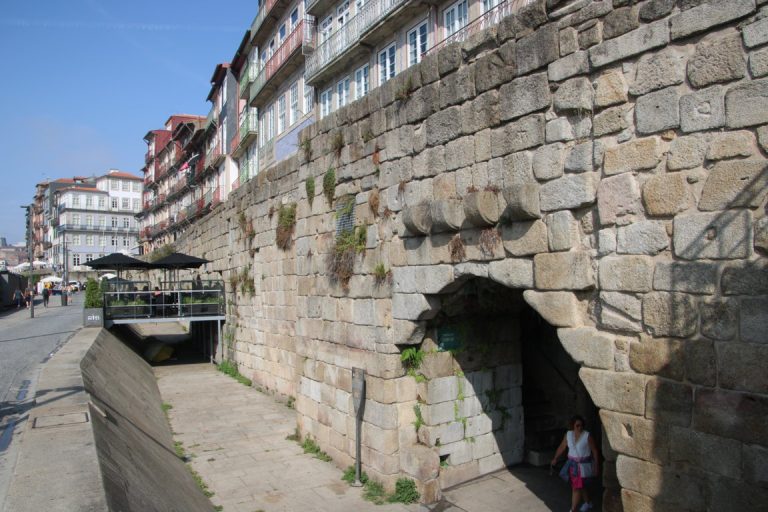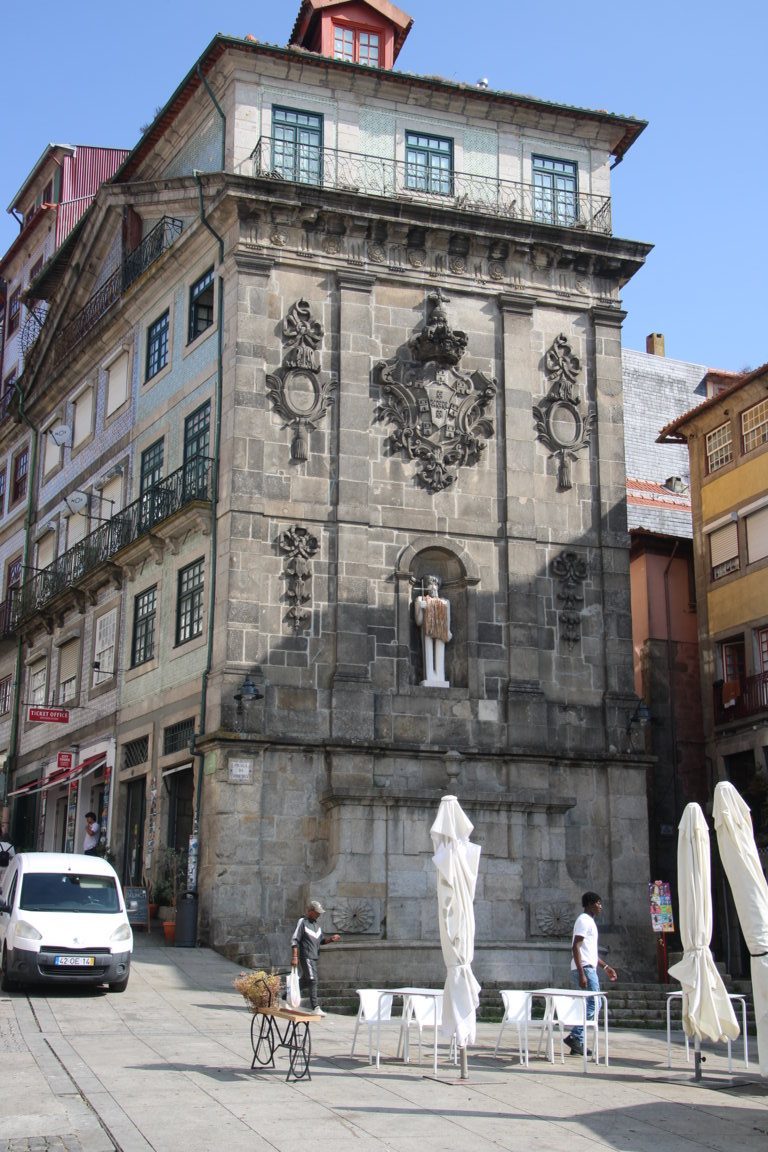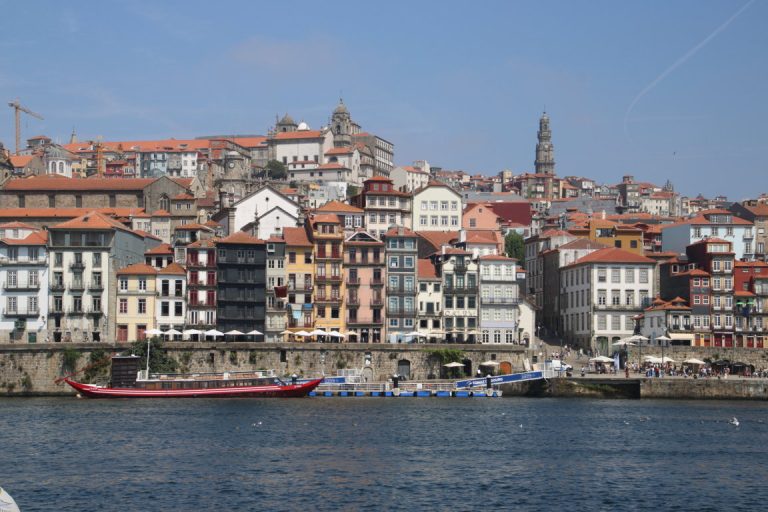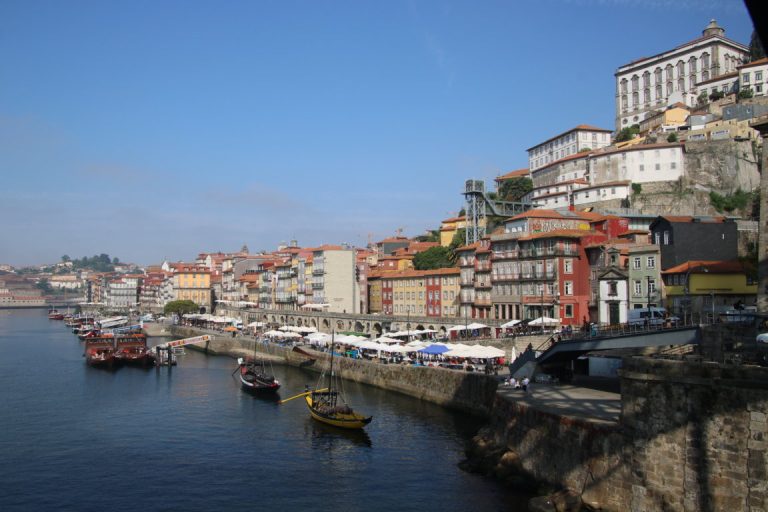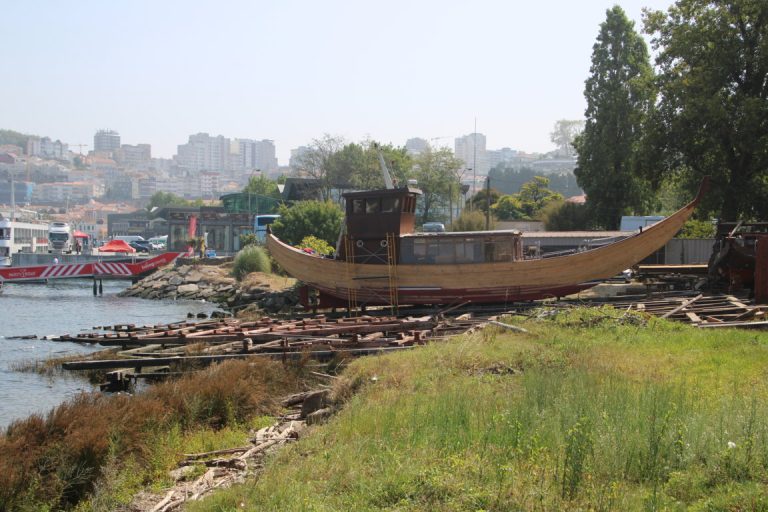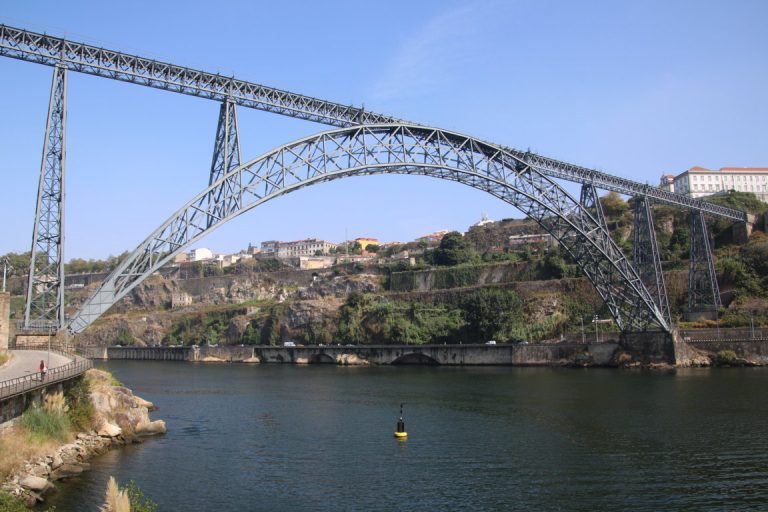Porto: The Most Visited City in Portugal
Porto is the second-largest city in Portugal and the one that gave the country its name. Since 1996, its historic center has been a UNESCO World Heritage Site.
It is a city with historical monuments, century-old bridges, parks, and the magnificent Douro River. The region’s typical cuisine includes famous local specialties such as the Francesinha, Tripas à Moda do Porto, and Bacalhau à Gomes de Sá.
Porto is the capital of Northern Portugal and the second-largest city in the country; its enterprising population, with a strong commercial spirit, has always demonstrated resilience against impositions and invaders, which is why Porto is also known as the “unvanquished city.”
Porto Tram
Porto
It is the second most visited city in Portugal, bustling with tourists in every corner. Porto was named the World’s Best City Destination in 2022 at the World Travel Awards (WTA) ceremony. The city is rich with must-see attractions, including historical monuments, the Ribeira district, centuries-old bridges, parks, museums, bars, restaurants, and the stunning Douro River.
Ribeira is one of the oldest and most traditional areas of Porto. It is located along the Douro River, where one can admire the Barco Rabelo (a traditional boat used to transport barrels of Port wine). It is part of the city’s historic center, classified as a UNESCO World Heritage Site. Now one of the most visited tourist spots in Porto, it offers various shops, bars, and restaurants, as well as squares and historic buildings that represent the city’s origins, such as the Sé Cathedral.
On the southern bank of the Douro River’s mouth lies the city of Gaia, where visitors can tour the renowned Port Wine Cellars, located in the Douro Valley Wine Region, the world’s oldest demarcated wine region. Foz is the ultimate tourist area, where you can enjoy Blue Flag-certified beaches and where the beauty of the Atlantic Ocean invites romantic strolls along the waterfront. Porto is a city deeply connected to the Douro River and the stories that time has woven around this relationship.
Porto
Porto
The river, once untamed, is now a calm and navigable waterway. In the past, the Douro was known for its turbulence, with strong currents, jutting rocks, narrow curves, and steep gradients making it very dangerous and nearly uncontrollable. Since the 1960s, the river has undergone significant changes due to hydroelectric power production and the construction of five dams, creating large reservoirs. This transformation has made the river navigable, allowing for what was once an untamable watercourse to be tamed.
The Douro River originates in Spain, specifically in the region of Soria. It stretches 987 kilometers, with 527 km in Spain and 213 km in Portugal, all navigable thanks to the installation of locks at the dams, creating a navigable waterway from Barca D’Alva to the river’s mouth in Porto. The Douro River is home to the world’s oldest demarcated wine region. In 1756, the Marquis of Pombal founded the Companhia Geral da Agricultura das Vinhas do Alto Douro, creating the first demarcated agricultural region in the world. The Douro Valley Wine Region was recognized as a UNESCO World Heritage Site in 2001 for its unique landscapes and cultural heritage.
Douro River
Douro River
The “Douro Vinhateiro,” with its photogenic and famous terraced vineyards, is not only a masterpiece of nature but also a testament to the human effort and energy invested in its transformation. It is on the slopes of this oldest wine-producing region that Port wine, one of Portugal’s greatest ambassadors worldwide, is produced.
Due to changes in the river’s natural characteristics, cruises with floating hotels began in 1989, with the English Lady operated by Endouro Turismo S.A., offering 7-day cruises from Porto’s pier to Barca D’Alva. The second floating hotel to offer weekly cruises was called Lady Ivy May, operated by Voyages Jules Verne, though it was less successful with passengers. In 1999, the floating hotel Invicta started sailing on the Douro and operated until 2017.
Today, several companies offer river cruises on the Douro, with floating hotels providing one or two-night stays. Current floating hotels on the Douro include the Viking Hemming, Viking Torgil, Viking Osfrid, Viking Helgrim, Spirit of Chartwell, Miguel Torga, Amália Rodrigues, Infante D. Henrique, Vasco da Gama, Fernão de Magalhães, Giel Eanes, Miguel Torga, A-rosa Alva, AmaVida, AmaDouro, Emerald Radiance, Scenic Azure, Douro Elegance, Douro Splendour, Douro Serenity, Queen Isabel, Douro Cruise, Douro Queen, Douro Spirit, Andorinha, São Gabriel.
Douro River
Ponte Luis I
This year, the Douro welcomes three new floating hotels offering weekly cruises: Douro Estrela, Avalon Alegria, and Porto Mirante. In 2025, four more floating hotels are expected: Tui Alma, Rivera Rose, Viking Gyda, and AmaSintra.
The most beautiful part of the navigation is between the port of Régua and the port of Barca D’Alva, where tourists are enchanted by the magnificent views, particularly the terraced vineyards that make the landscape unique, stunning, and of rare beauty. Most tourists consider the stretch between Régua and Barca D’Alva the most spectacular. During the cruise, visitors can see the oldest Port wine-producing estates.
Stay updated with news and information on cruise ports on Cruising Journal, with photos, videos, and special cruise offers.

